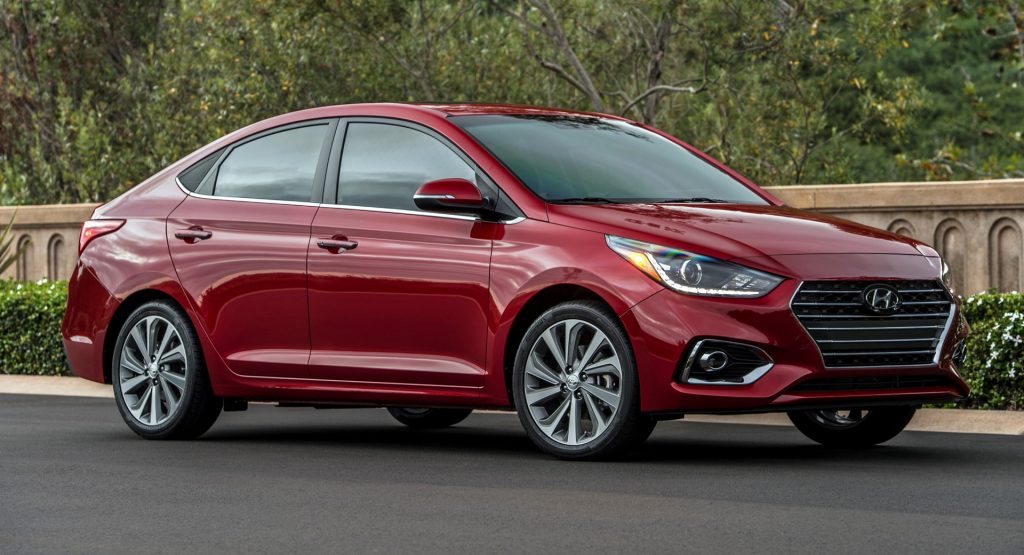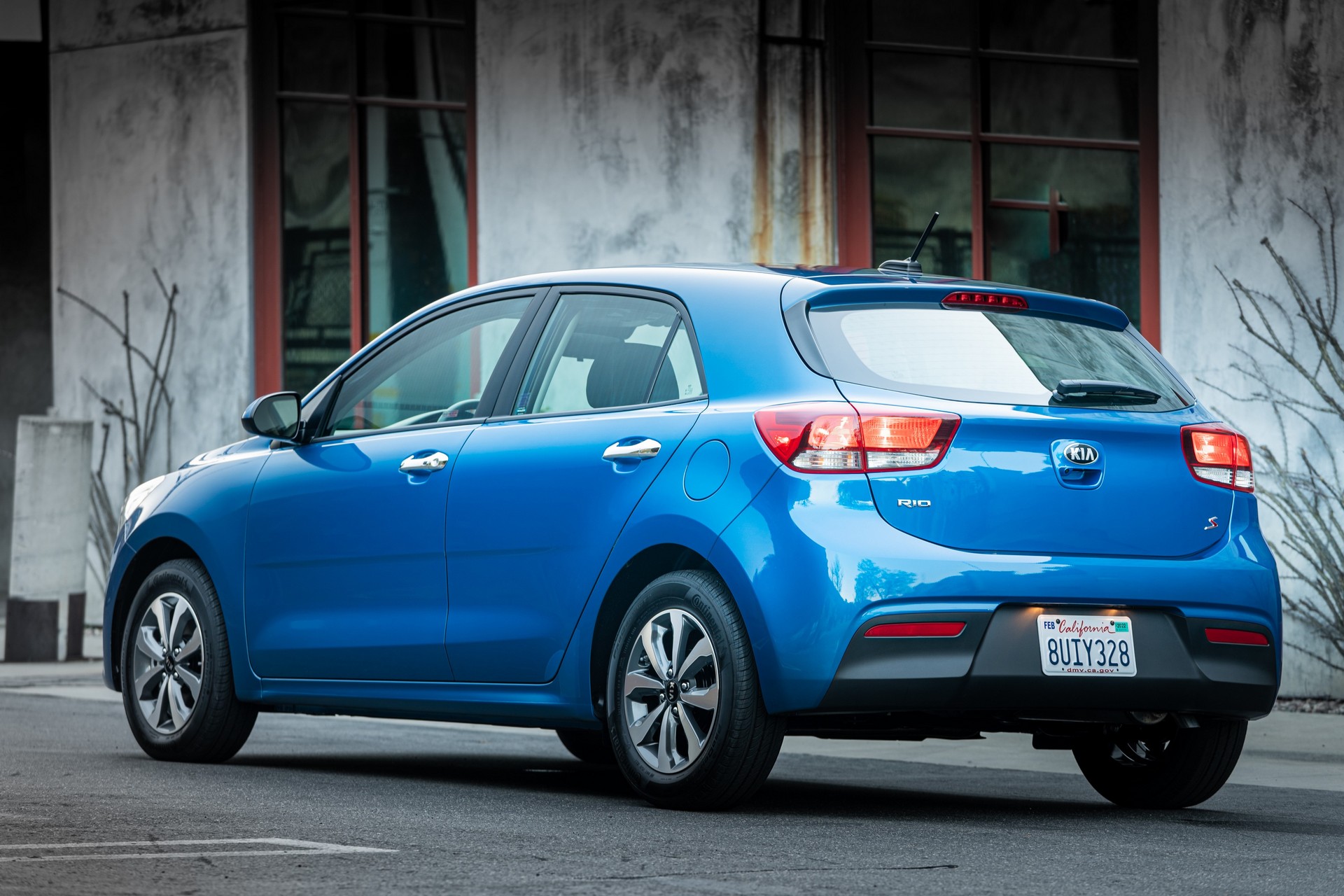Thefts of certain Hyundai and Kia models have surged throughout the United States and social media is thought to be one of the reasons why.
Numerous videos shared on TikTok and YouTube have surfaced in recent months that show how to easily steal select Hyundai and Kia vehicles that do not have engine immobilizers. In St. Paul, Minnesota, police have reported a more than 1,300 percent increase in Kia thefts from last year and a 584 percent increase in stolen Hyundais. It has investigated 256 Kia thefts this year compared to 18 thefts in 2021 and 212 Hyundai thefts compared to 31 thefts last year.
It is a similar story in other areas. In Grand Rapids, Michigan, Hyundai and Kia models made up around 45 percent of the city’s auto thefts in June. There has also been a 254 percent increase in Kia thefts and a 222 percent increase in Hyundai thefts in St. Louis this year. Spikes in thefts have also been reported in Memphis, Cincinnati, and Columbus, Auto News reports.
A number of government officials say select Hyundai and Kia models are being targeted as they do not have engine immobilizers.
Read More: Hyundai And Kia Giving Milwaukee Owners Free Steering Wheel Locks As Thefts Soar
“We write to ask that KIA Motors America Inc., make fundamental changes to the mechanisms used to secure its vehicles,” a letter from a Milwaukee council member to Kia reads. “We do this not only in the interest of protecting the property and persons of those who purchase your vehicles, but to try and do something to lessen the drain on police and other resources that seems directly attributable to certain defects in their locking system.”
In written statements, both Hyundai and Kia said they are aware of the increase in thefts and noted that all current 2022 models are fitted with engine immobilizers.
Grands Rapids police chief Eric Winstrom told MLive that the majority of those involved in the theft of Hyundai and Kia models are minors.
“Most of the offenders are juveniles, so you throw the curveball in there of, ‘Yes, we can arrest them,’ but what sort of accountability are the kids facing and what sort of services are available to make sure that this isn’t a catch-and-release and they’re back out in the morning and doing it again.”





